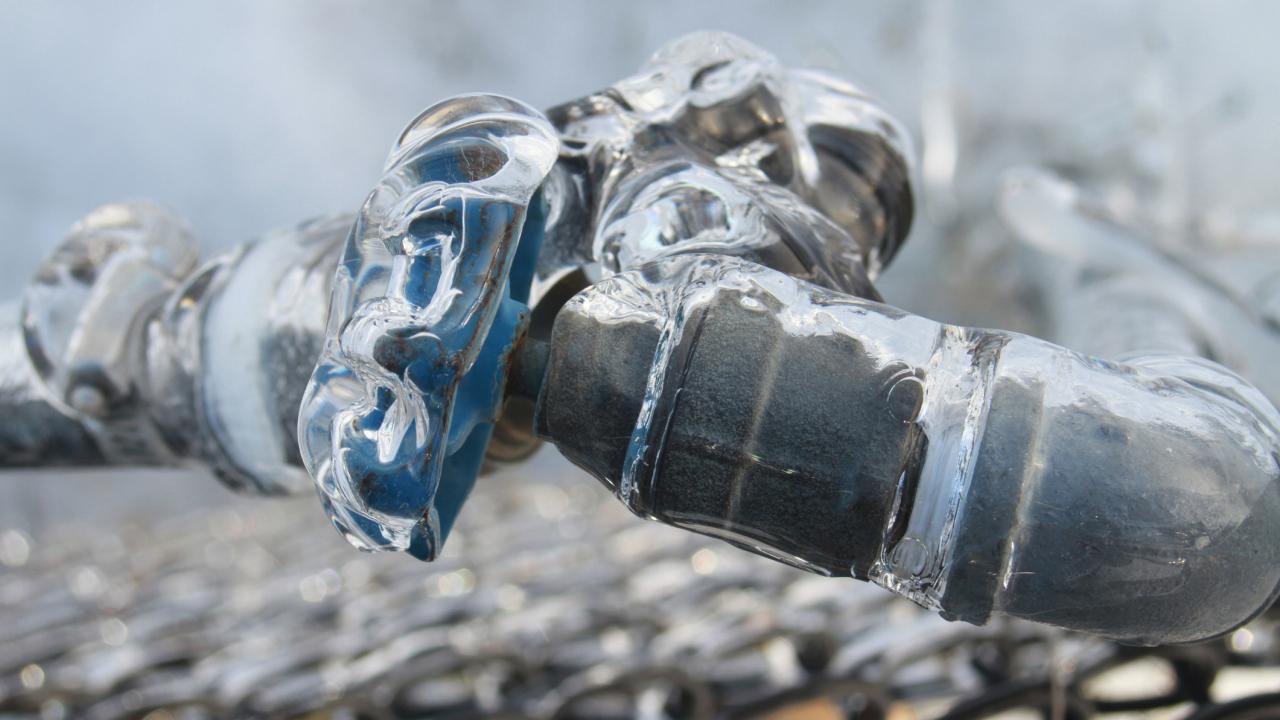Protecting Pipes from Cold Weather: Top Tips
Protecting Pipes from Cold Weather: Top Tips
Blog Article
Just how do you actually feel on the subject of Prevent Frozen Pipes ?

Cold weather can damage your pipes, specifically by freezing pipelines. Below's just how to prevent it from happening and what to do if it does.
Introduction
As temperatures decline, the threat of icy pipelines boosts, possibly causing expensive repair work and water damage. Understanding just how to prevent frozen pipelines is crucial for house owners in cold climates.
Prevention Tips
Shielding vulnerable pipes
Wrap pipes in insulation sleeves or make use of warmth tape to protect them from freezing temperatures. Concentrate on pipelines in unheated or outside locations of the home.
Heating techniques
Keep interior rooms adequately heated, specifically locations with plumbing. Open up cupboard doors to enable cozy air to distribute around pipes under sinks.
Just how to recognize frozen pipes
Try to find lowered water flow from faucets, unusual smells or sounds from pipes, and visible frost on revealed pipelines.
Long-Term Solutions
Structural adjustments
Consider rerouting pipelines away from outside walls or unheated areas. Include additional insulation to attic rooms, basements, and crawl spaces.
Updating insulation
Buy high-grade insulation for pipelines, attics, and walls. Correct insulation helps maintain constant temperature levels and lowers the threat of icy pipelines.
Protecting Outdoor Plumbing
Yard tubes and exterior taps
Detach and drain yard tubes prior to wintertime. Install frost-proof spigots or cover exterior faucets with insulated caps.
Recognizing Frozen Pipes
What creates pipes to ice up?
Pipelines freeze when subjected to temperature levels below 32 ° F (0 ° C) for extended periods. As water inside the pipes freezes, it expands, taxing the pipeline wall surfaces and potentially causing them to burst.
Threats and problems
Frozen pipelines can bring about water disruptions, property damage, and costly fixings. Burst pipes can flood homes and cause substantial architectural damages.
Indications of Frozen Piping
Recognizing icy pipelines early can avoid them from rupturing.
What to Do If Your Pipes Freeze
Immediate actions to take
If you think frozen pipelines, maintain faucets open to relieve stress as the ice thaws. Utilize a hairdryer or towels soaked in warm water to thaw pipes gradually.
Final thought
Stopping frozen pipelines requires aggressive procedures and quick actions. By understanding the reasons, signs, and safety nets, property owners can protect their plumbing throughout cold weather.
5 Ways to Prevent Frozen Pipes
Drain Outdoor Faucets and Disconnect Hoses
First, close the shut-off valve that controls the flow of water in the pipe to your outdoor faucet. Then, head outside to disconnect and drain your hose and open the outdoor faucet to allow the water to completely drain out of the line. Turn off the faucet when done. Finally, head back to the shut-off valve and drain the remaining water inside the pipe into a bucket or container. Additionally, if you have a home irrigation system, you should consider hiring an expert to clear the system of water each year.
Insulate Pipes
One of the best and most cost-effective methods for preventing frozen water pipes is to wrap your pipes with insulation. This is especially important for areas in your home that aren’t exposed to heat, such as an attic. We suggest using foam sleeves, which can typically be found at your local hardware store.
Keep Heat Running at 65
Your pipes are located inside your walls, and the temperature there is much colder than the rest of the house. To prevent your pipes from freezing, The Insurance Information Institute suggests that you keep your home heated to at least 65 degrees, even when traveling. You may want to invest in smart devices that can keep an eye on the temperature in your home while you’re away.
Leave Water Dripping
Moving water — even a small trickle — can prevent ice from forming inside your pipes. When freezing temps are imminent, start a drip of water from all faucets that serve exposed pipes. Leaving a few faucets running will also help relieve pressure inside the pipes and help prevent a rupture if the water inside freezes.
Open Cupboard Doors
Warm your kitchen and bathroom pipes by opening cupboards and vanities. You should also leave your interior doors ajar to help warm air circulate evenly throughout your home.

I am very eager about 6 Ways to Prevent Frozen Pipes and I hope you enjoyed the blog posting. So long as you enjoyed reading our article if you please be sure to share it. I love reading our article about How to Prevent Your Pipes From Freezing.
Booking Page Report this page